The Moon – May 31, 2020
Click image for full size version
June 2, 2020
This image of the Moon was captured on May 31, 2020 at about 9:45 pm EDT (June 1, 2020 at about 1:45 am UTC). The Moon was a little past first quarter, showing nice shadow details that accentuate the visibility of small features. My imaging set up is optimized for deep sky rather than lunar imaging, but I think this came out quite well. I plan to try some higher resolution imaging of the Moon in the coming nights.
Tekkies:
Acquisition, focusing, guiding and control of Paramount MX mount with TheSkyX. Focus with Optec DirectSync motor and controller. Automation with CCDCommander. Equipment control with PrimaLuce Labs Eagle 3 Pro computer. All pre-processing and processing in PixInsight. Acquired from my SkyShed in Guelph. Average or better transparency and seeing. Data acquired May 31, 2020.
Sky-Watcher Esprit 150 f/7 refractor and QHY 16200-A camera with Optolong H-alpha filter.
Data Reduction and Processing
Preprocessing: The WeightedBatchPreProcessing script was used to calibrate and cosmetically correct the individual subs. The FFTRegistration script was used to align the calibrated files. ImageIntegration was used to make the master, which was then cropped.
Deconvolution: A clone of the image was stretched with HistogramTransformation and Curves and used as a deconvolution mask. Deconvolution was applied (20 iterations, regularized van Cittert, Gaussian PSF with SD of 1.7 and shape of 2.3).
Linear Noise Reduction: MultiscaleLinearTransform was used to reduce noise in the background areas, using an internal mask to protect bright regions. Layer settings for threshold and strength: Layer 1: 3.0 0.5, 1 iterations; Layer 2: 2.0, 0.3, 1 iteration.
Stretching: HistogramTransformation was applied to make a pleasing, bright image.
Nonlinear Noise Reduction: TGVDenoise was used to reduce noise using the Deconvolution mask, inverted (max. 1,000 iterations and convergence selected).
Contrast Enhancement: LocalHistogramEqualization was applied twice using the same mask as above (Kernel Radii 50 and 150, Contrast Limit 1.5 and Amount 0.5 for both applications).
Sharpening: The bright features of the Moon were sharpened with a pass of MultiscaleLinearTransform (bias +0.2 on 2nd and 3rd layers, dark deringing = 0.05; light deringing = 0.05) with the same mask as was used for the previous step.
Final Steps: Brightness and contrast were adjusted using CurvesTransformation.


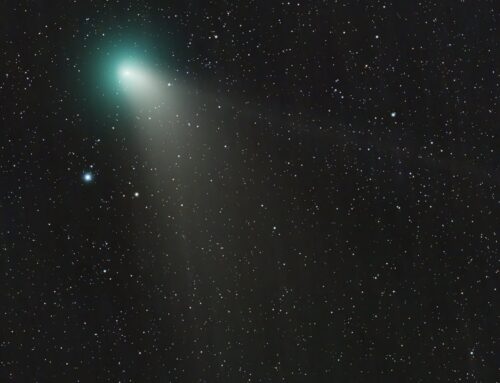
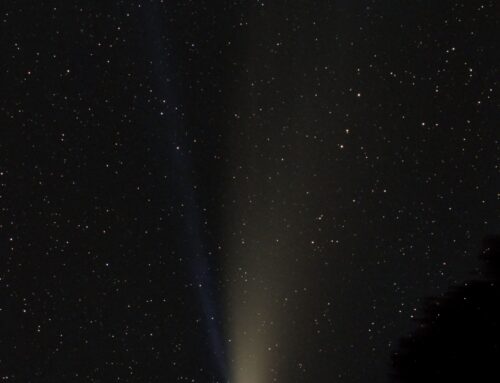
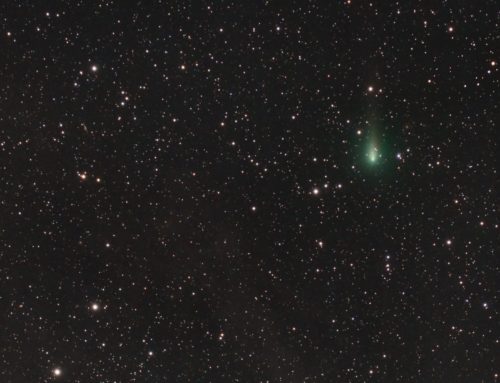
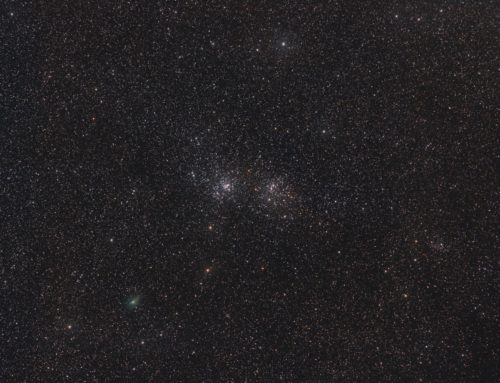
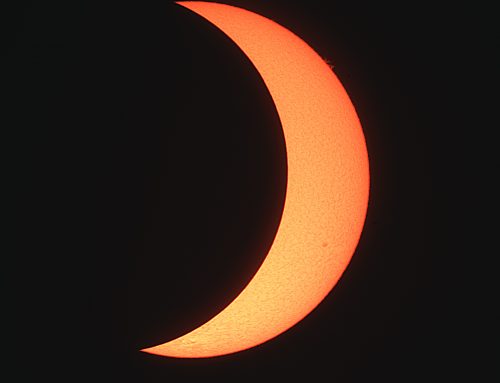
I have often wondered why if the moon has been hit by unknowm meteorites for billions of years why is there so little dust on its surface?